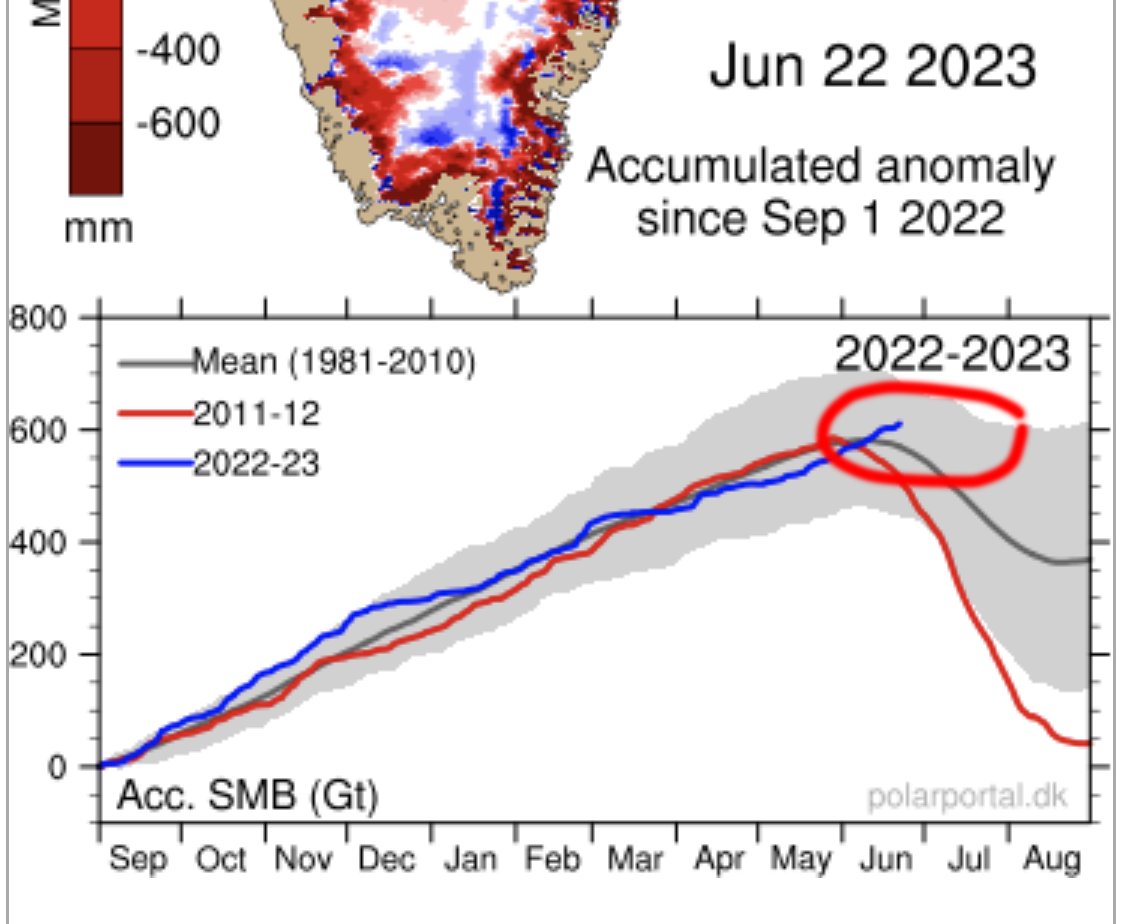Our old friend Eaun Mearns, in the Aberdeen Press and Journal;
Reading your letters pages in recent months, there seems to be significant anger within local populations at the implementation of Scottish and UK energy policies, and justifiably so. Here, I try to cast some light on the origins of that anger. In the recent past, sound electrical engineering design dictated that electricity generation centres were located close to the population centres where the electricity was to be consumed. This was because transmitting electricity through high voltage alternating current (AC) lines results in losses that had to be paid for by the consumer, and the lines themselves were expensive to build and scarred the landscape. In the recent past the driving motives of politicians, planners and industry was to optimise the service provided to constituents and consumers.
During the early days of “the transition” renewables initiatives were sold to the public based on the proposed benefits of distributed as opposed to centralised generation (coal, gas and nuclear) where members of the public were encouraged, via generous subsidies, to install roof top solar to generate their own electricity at home. If you were lucky enough to own a farm, then you could generate your own power using a small wind turbine. Honourable goals perhaps, where wealthy property owners could harvest subsidies that were paid for by the whole population, who on average were much less well-off.
What we now have instead are vast centralised wind and solar power stations distributed outside of population centres, and quite distant to the eventual market for the third-rate power that is being produced. This is the exact opposite of the original proposals for distributed power located within population centres. In January 2022, The Crown Estate Scotland alone, licensed 17 vast offshore wind projects amounting to 25GW peak power capacity that may deliver next to nothing when the wind does not blow. Some individual projects are rated at 3 GW. These individually represent the equivalent of 3 nuclear power stations located in the middle of the North Sea, fifty miles from shore and several hundred miles from the eventual market for this power that is likely to lie somewhere in the Midlands of England. What politicians, and members of the public need to understand, is that these giant power stations will need 25GW of dedicated power lines to connect them to their market – where are these power lines going to go and who is going to pay for them? The protest banners that now line the A90 are a mere shadow of what is planned for the future.
So, what about exports to Europe? The fantasy of local politicians is that Scotland will become some kind of renewable power house, exporting electricity to England and beyond. In 2010, the UK had 2.5 GW interconnector capacity with the rest of Europe. By 2021, this had grown to 7.5 GW. In that period, electricity exports to Europe were effectively flat. On the other hand, net electricity imports in 2010 were 2.7 TWh. By 2021 these had grown to 24.6 TWh (UK government statistics). A 3-fold increase in interconnector capacity has led to a 9-fold increase in net imports. The explanation is quite simple. The UK has closed down significant amounts of dispatchable coal and nuclear generating capacity creating supply vulnerability when the wind doesn’t blow and the sun doesn’t shine. Conversely, there is a high degree of correlation in wind supply between the UK and Europe and this means that when the UK generates a surplus, Europe has a surplus too. The UK surplus has no market resulting in high constraint payments paid for by already hard-pressed consumers.
Yet another frailty of the current strategy is the need to maintain significant amounts of dispatchable generating capacity to cover supply when renewables fail. In effect, 20 GW of combined cycle gas turbines will have to be maintained to back up the 25 GW of proposed offshore wind. In addition, gas import facilities (pipelines and liquefied natural gas) will need to be maintained for occasional use. The high cost of maintaining backup supplies is normally ignored when the levelized cost of wind and solar power is reported. The proponents of the net zero strategy seem content to pile these costs on to hard pressed consumers while politicians seem content to blame the high cost of energy on Vladimir Putin.
I urge politicians in Holyrood and Westminster to suspend all new large-scale wind and solar developments and grid expansions until a comprehensive analysis and report on the real environmental and economic costs of current net-zero energy policy is presented to the public for scrutiny. This report must be based on sound thermodynamic and economic principles and not upon wishful thinking and net zero dogma that appears to underpin much of current energy policy.
Dr Euan Mearns
Aberdeen
(republished with permission)



